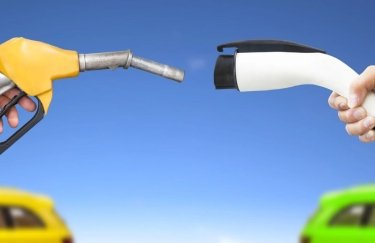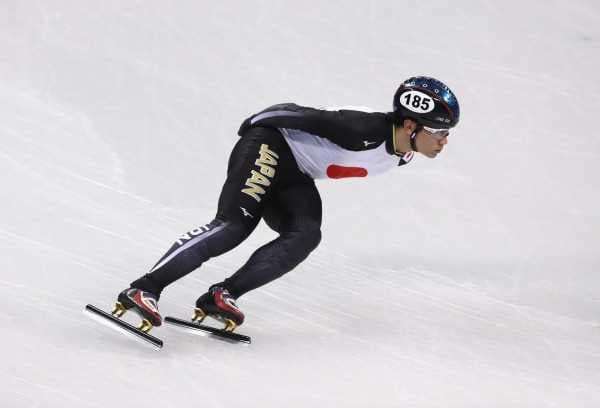
One of the defining images from the Winter Olympics in Pyeongchang will surely be the spectacle of 169 Russian athletes in marching in dull gray uniforms under the Olympic flag.
To punish Russia for its egregious state-sponsored doping of athletes at the 2014 Sochi Winter Olympics and 2016 Rio Olympics, the International Olympic Committee has forced Russian athletes to compete not as Russians but as “OARs,” or “Olympic Athlete from Russia.” As Vox’s Zeeshan Aleem noted, it’s an awkward and confusing penalty for one of the worst scandals in sports history.
Yet if the IOC and World Anti-Doping Agency (WADA), which investigated the Russian doping conspiracy, think publicly shaming Russia will scare athletes off from doping, they’re likely mistaken.
Already, Japanese speed skater Kei Saito was sent home from Pyeongchang after testing positive for acetalozamide, a masking agent and diuretic. And German broadcaster ARD revealed this month that an analysis of tests from more than 2,000 winter athletes between 2001 and 2010 showed that 46 percent of medal winners in international cross-country ski competitions returned at least one abnormal drug test. More than 50 of these athletes qualified for the games in South Korea.
“The depth of this suspected doping casts doubt on fair competition at the Pyeongchang 2018 Winter Olympics,” wrote ARD’s Von Hajo Seppelt and Edmund Willison.
Performance enhancement, in its various legal, illegal, and grey area forms, is rampant in sports. Though Russia’s cheating involved tampering with urine and blood specimens, there are subtler and more common ways to gain an advantage. “Doping appears remarkably widespread among elite athletes, and remains largely unchecked despite current biological testing,” the authors of a 2017 WADA study write.
And as authorities crack down, athletes keep finding clever ways to outwit increasingly byzantine doping rules as new techniques and drugs catch on. At this year’s Winter Olympics we’re also seeing athletes deploy new performance enhancing technologies like transcranial direct current stimulation (TDCS) headsets that are actually within bounds.
To understand why and how athletes cheat these days, here’s a guide to the cutting edge science of doping and the art of getting around the rules.
Why athletes dope (it’s not what you think)



There’s a common misconception that athletes dope to move faster or become stronger. “Sure, there’s some of that,” said Herman Pontzer, an associate professor at Hunter College who studies energetics. “But what athletes really go for, and what they usually get banned for, are drugs that fool their bodies to keep them from shutting down in the face of over-training.”
After a certain amount of exertion, our brains send our tired arms and legs signals that cause them to exert less or switch off.
How do testosterone or estrogen or other anabolic steroids solve this problem? They make your body think it’s okay and not on the brink of collapse, Pontzer explained. “Taking steroids sends the signal that the body can build itself up, rather than shut itself down.”
Similarly, amphetamines act on the central nervous system and change people’s perception of fatigue, so they don’t realize how tired they feel. And blood transfusions increase the amount of red blood cells that transfer oxygen to muscles. These drugs allow athletes to train harder, and therefore compete with more intensity than they would if they hadn’t used them.
“These events are won by less than 1 percent — the margin of victory is really quite tiny,” Mayo Clinic exercise researcher Michael Joyner said. “People are looking for tiny edges, edges that can barely be measured in the lab.”
In other words, most performance enhancers aren’t meant to help lazy athletes keep up, but instead let hard-working competitors work even harder, and the effects are both mental and physical.
The three criteria that get a substance banned



Of course, authorities have to draw a line between doping, the prohibited and unethical tactics to gain an advantage, and performance enhancement generally. But that line is always being tested as the science advances and athletes come up with new ways to shave off seconds or push harder.
When deciding whether to ban a substance or technique from athletic competition, anti-doping authorities weigh three criteria: 1) Does it enhance performance? 2) Does it have the potential to harm health? and 3) Does it violate the spirit of the sport?
Usually meeting two out of three means a ban. (Here’s WADA’s list of substances that are banned at all times, banned in competition, or banned in certain sports.)
Substances like anabolic steroids or amphetamines and procedures like blood transfusions or dialysis (to mask the presence of banned substances) are clearly out of the question. Then there are supplements like deer antler velvet, made famous by Baltimore Ravens linebacker Ray Lewis, which got flagged as a violation by authorities because it contains a growth hormone.
But these discussions can quickly become philosophical about the nature of sport and the true limits of human performance.
Our biology makes regulating doping hard
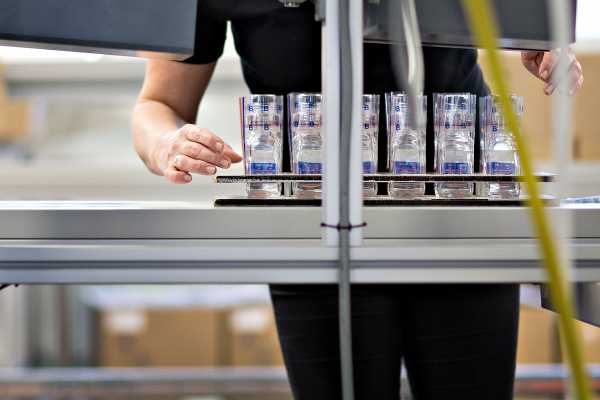

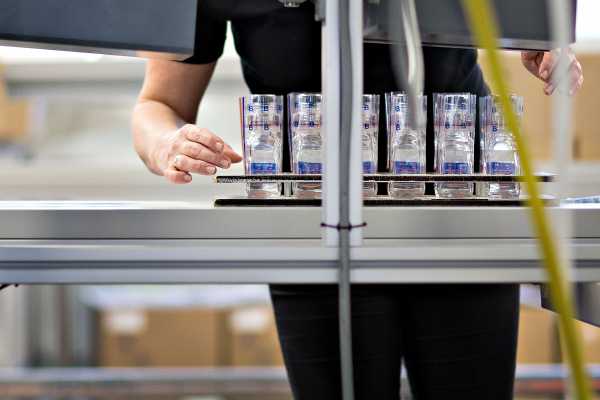
Catching athletes in the act can be difficult because there are so many substances to test for, so many athletes in competition, a narrow window to detect malfeasance, and new drugs being introduced all the time.
Swedish pentathlete Hans-Gunnar Liljenwall became the first Olympian busted for using a banned substance when authorities detected alcohol in his urine at the 1968 Mexico City Olympics. He reportedly had two beers before the pistol portion of the event, and the Swedish team was forced to return its bronze medals.
Other athletes at the games were likely using anabolic steroids, but a reliable test for these drugs wasn’t introduced until 1976. Now WADA tests for more than 300 substances. In addition, there were just 1,031 athletes in Mexico City. There are 2,952 athletes at the Pyeongchang games. There were 10,500 at Rio. Depending on the drug, detection windows can be a few weeks, days, or even a few hours.
That’s a lot of pee to test, and not a lot of time.
Biology makes things difficult as well. One common test for testosterone steroids measures the body’s T/E ratio, which normally finds testosterone (T) and epitestosterone (E) in equal measure in undoped athletes. But people have natural variations in their hormones, so WADA allows T/E ratios as high as 4:1, leading some athletes to top off with just enough testosterone to stay under that limit.
Authorities have introduced the concept of a biological passport for athletes as a way to keep this in check, tracking biomarkers over time in order to establish individual baselines for competitors to make it harder to game the standards. But there are ways around the passport as well, and the percentage of positive doping tests hasn’t budged since passports were introduced in 2009.
A 2017 WADA study using anonymous surveys found that almost half of all athletes in international competitions in 2011 reported doping and typically only 1 to 2 percent of blood and urine samples test positive for banned substances. The competitive pressure and the relatively low risks of getting caught all add up to strong incentives to use illegal enhancers.
Prescription drugs, microdosing, and caffeine are all legal boosters
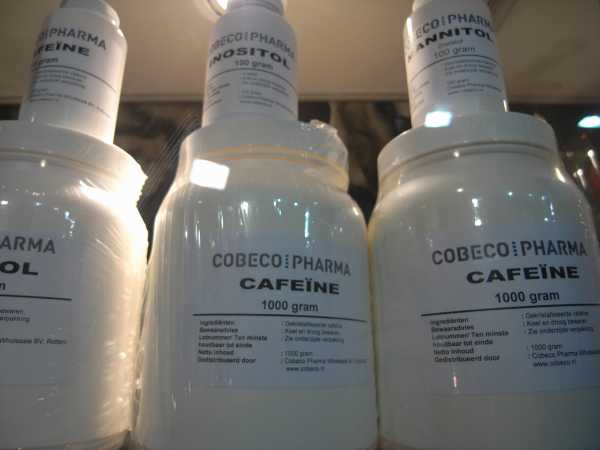

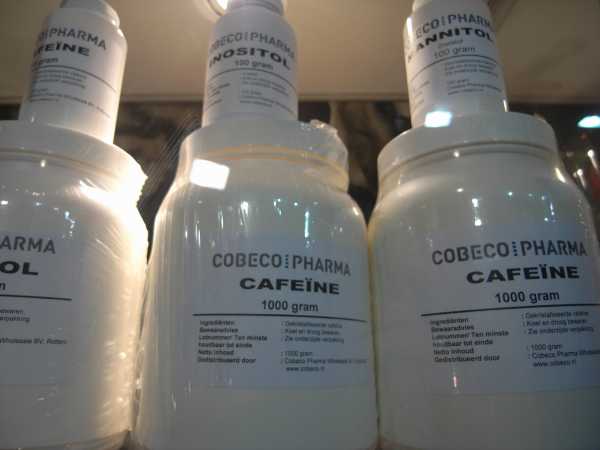
On top of this, many drugs that aren’t specifically performance enhancers can still improve strength, endurance, and recovery in ways that break the rules. Pseudoephedrine, a nasal decongestant, is also a stimulant and is banned from competition.
There are athletes that have legitimate medical problems that require taking drugs with performance-enhancing side-effects. But some abuse the therapeutic-use exemptions for these medications.
Norwegian authorities investigated their ski team last year after it emerged that many skiers were using asthma medication even though they weren’t diagnosed with the illness, and Norwegian cross-country skier Martin Johnsrud Sundby was stripped of some of his titles for exceeding the maximum dose of salbutamol, an asthma drug that can boost endurance by opening the airways.
Norway’s public broadcaster reported the country’s Olympic team took 6,000 doses of asthma medication to Pyeongchang.
Another way around screening is microdosing, taking drugs like Erythropoietin (EPO), a hormone that increases red blood cell production, in quantities small enough to avoid detection but large enough to have an effect.
“EPO micro-doses disappear quickly so doses are taken almost every day in the hope of escaping testers,” Xavier Bigard, of France’s national anti-doping agency, told AFP. (However, a study last year found that EPO had no measurable effect in cycling races.)
But what about caffeine, a known performance enhancing drug that improves reaction time and endurance? WADA has gone back and forth over whether it should be a regulated substance and is currently contemplating a threshold limit, but there are drugs that have weaker effects than caffeine that are banned.
Athletes are now using brain stimulation to train harder and longer. Should it be legal?
Of course, competitors haven’t stopped there. Increasingly, athletes are looking toward enhancing their mental performance as science shows how much it matters for endurance.
One new technology Olympians are using this year is transcranial direct current stimulation, or TDCS. Building on research in treating epilepsy and Parkinson’s disease, scientists have found that stimulating parts of the brain with an electric field can make it easier for neurons to transmit electrochemical signals.
Related
Scientists: don’t zap your brain with a DIY brain stimulator you built from a 9-volt battery
When neurons in the parts of the brain that regulate movement need less stimulation to fire, the brain perceives less exertion in those movements, allowing athletes to push harder and longer.
Halo Neuroscience is a company that has already brought a transcranial stimulation headset to market and is working with US ski and snowboard to train Winter Olympians.
Daniel Chao, CEO of Halo and a neuroscientist, explained that the stimulation (which he described as causing an “effervescent” sensation) helps athletes more quickly develop muscle memory and acquire skills, making every workout more effective.
Does that count as doping, as some researchers have suggested?
Brain stimulation certainly enhances performance, but its effects are temporary, the devices haven’t demonstrated any harm to health, and athletes still have to do the heavy lifting. “We’re not a ‘day of’ performance tool; we’re a training tool,” Chao said. “A lot of people think it’s like magic, you put it on and you’re better. That’s not true. Shit, I wish it were that powerful, but it’s not.”
The remaining criterion is whether it fits within the spirit of the sport, which is a more subjective question for sports regulators. “From my scientific point of view, there’s really not much of a difference between using caffeine and using brain stimulation,” said Samuele Marcora, a sports science researcher at the University of Kent in the United Kingdom. “Brain stimulation more likely to be banned because it looks more artificial.”
We aren’t going to solve doping anytime soon, or ever
There are plenty of legitimate ways to enhance performance, but as technologies advance, the gray area is getting wider.
Full body swimsuits were allowed and then banned at the Summer Olympics. Meanwhile, athletes at the Winter Olympics especially benefit from advances in tools like carbon fiber composite skis, aerodynamic speed skating suits, clap skates, and warm, lightweight outerwear.
And chemical and electrical performance enhancers, legal or otherwise, are becoming more, not less common as amateurs increasingly follow in the tracks of the pros. Chao noted that the bulk of neurostimulator sales go to amateur athletes.
That means regulators still have to grapple with the hard question of where to draw the boundaries between acceptable and unfair practices, while those competing to be the best in the world exploit these uncertainties in pursuit of going farther, faster, and higher. It’s an arms race, and there’s no detente in sight.
Sourse: vox.com

